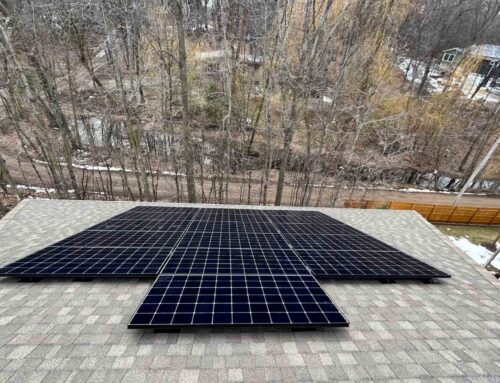As we move towards more sustainable energy sources, energy storage systems have a huge role to play. With that said, the process of connecting an energy storage system to the grid can be complex. To try and counter this, there are a lot of solutions on the market that can help you to streamline the process.
Energy Storage Interconnection Explained
Interconnection refers to the process of connecting your energy storage system to the grid. The ESS can deliver stored energy when demand peaks, while supporting the grid. It also provides backup power when your solar panels aren’t producing enough. For your ESS to work properly without the grid, you need to manage the interconnection process. The process starts with an application for the interconnection. Developers will submit their plans to the grid operator, and following this, a design review will be conducted. This will assess the system’s capacity, as well as its impact on the grid. When the design has been approved, the integration and construction can take place. Usually, you will have to navigate compatibility issues as well as regulatory guidance. Approval times can be quite long as well, so you’ll need to account for this.
Key Challenges You Might Face with Interconnection
One of the main challenges you will face when navigating energy storage interconnection is grid compatibility. Energy storage systems have to be compatible with your existing infrastructure. The infrastructure has been designed without any consideration for things like ESS, so it’s not uncommon to deal with issues like voltage, power, and stability. Another problem you may face is regulatory barriers. The regulatory environment can vary quite a lot, depending on your jurisdiction. You also need to deal with increased costs and confusion with developers. Safety concerns also need to be assessed to make sure that the integration of ESS doesn’t increase the risk of fire or electrical malfunctions.
Delays are an additional challenge. Paying fees, long approval times, and even complex technical requirements can create a lot of barriers, which can make it difficult for ESS projects to meet deadlines.
Solutions for Energy Storage Interconnection
Even though you will face challenges when navigating energy storage interconnection, there are solutions out there that are designed to streamline the process. The BATRIES Toolkit is a valuable resource here, as it covers unrealistic assumptions about grid impact. It also covers things like the unclear export rules and delays, along with the lack of information regarding grid limits. Some states are also not updating their rules and requirements to meet the latest standards, which presents more challenges overall. This is again covered in the BATRIES Toolkit, which makes it easier to navigate the process while saving time, energy, and money.
Best Practices for Stakeholders
As a developer, it’s so important that you engage with utilities early on in the process. This is the best way for you to ensure that your grid is ready for ESS integration. If you can collaborate with utilities, this makes it easier for you to identify potential issues and roadblocks. You should also make sure that you adhere to technical standards, along with safety regulations, so you can avoid delays and complications at a later date.
Utilities play a huge role in the interconnection process. They essentially act as gatekeepers for how and when energy systems are connected. Establishing timely communication channels between developers and through utilities is critical here. When expectations are outlined and followed, developers can plan more efficiently, and delays can be reduced.
Regulators also have a huge responsibility to play here; by developing and enforcing interconnection standards, regulators can eliminate complexity and inconsistency. A standardized approach helps developers navigate requirements while comparing timelines and costs across different regions. Projects can also be scaled with much more predictability. In the long term, improvements like this can help to speed up the development and deployment of green energy.
Final Thoughts
Energy storage systems are essential if you want to create a more sustainable power grid. The interconnection process can present a number of challenges, however, so it’s important to address these accordingly. One of the most efficient ways to do that would be to utilize the BATRIES Toolkit. By doing this, stakeholders can navigate difficulties while ensuring grid compatibility. Safety can also be improved, and costs can be reduced. By adopting the best practices, it becomes possible to help facilitate the adoption of ESS while paving the way for a cleaner, greener future.






